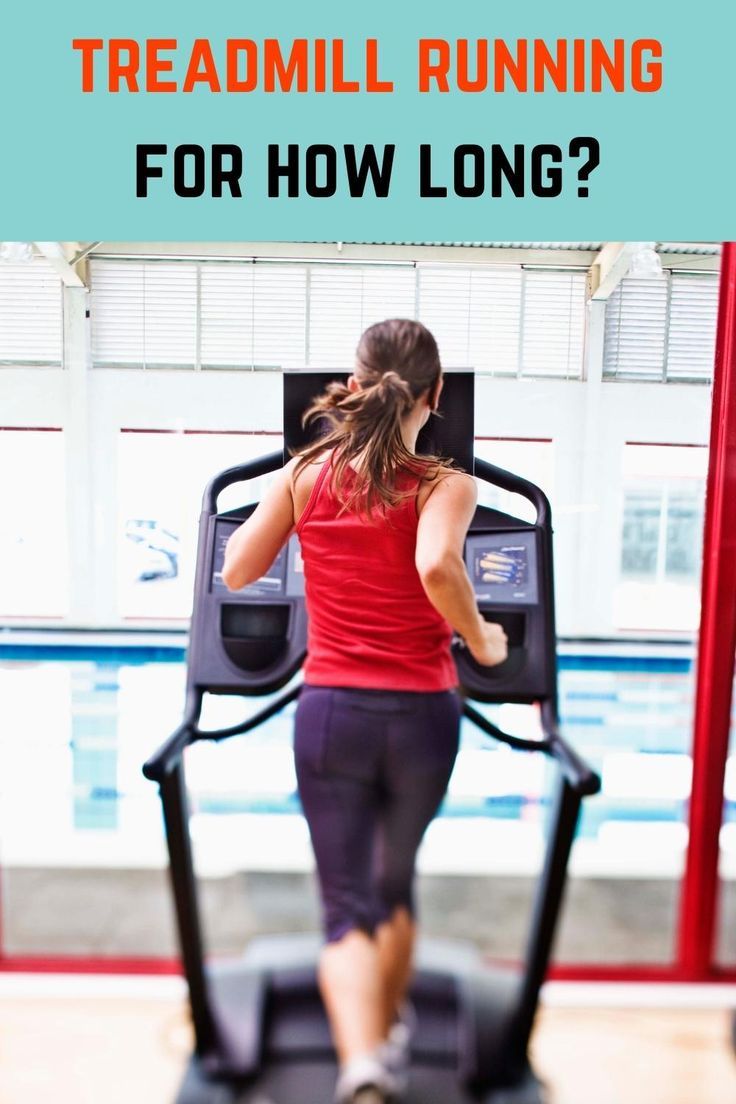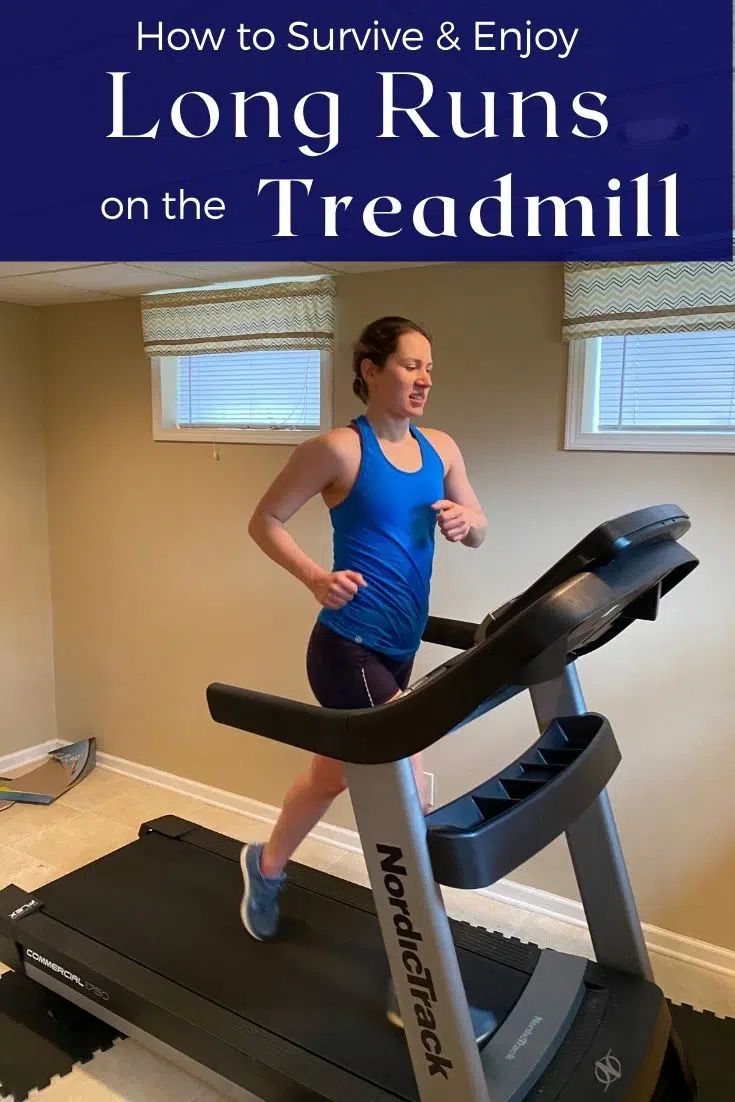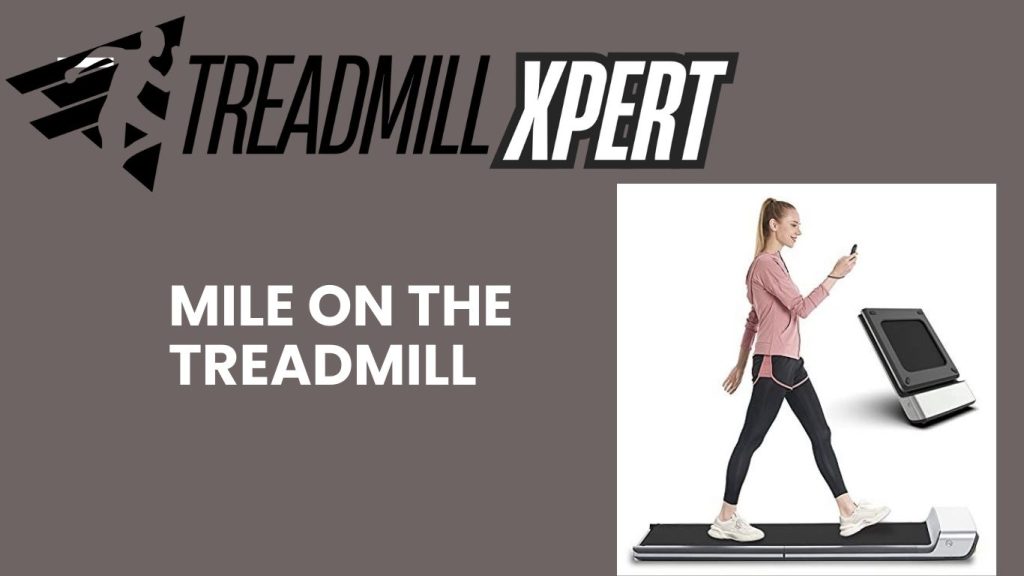How Long Is a Mile on the Treadmill?
Understanding the Basics
A mile on the treadmill is the same distance as a mile outdoors—5,280 feet or 1,760 yards. However, the time it takes to complete one mile on a treadmill can vary depending on several key factors like treadmill speed, incline, fitness level, and walking or running style.
Treadmill Speed and Timing
Modern treadmills can reach speeds of up to 10 mph or more. Your pace significantly influences how long it takes to cover a mile:
-
At 3.0 mph: ~20 minutes to complete 1 mile
-
At 3.5 mph: ~17 minutes
-
At 4.0 mph: ~15 minutes
-
At 4.5 mph: ~13 minutes
-
At 5.0 mph: ~12 minutes
-
At 10 mph: ~6 minutes
Running, especially at higher speeds, dramatically shortens the time. Elite athletes may complete a treadmill mile in under 5 minutes, while beginners may take 15-20 minutes.
Impact of Incline
Incline simulates uphill terrain and adds intensity to your workout:
-
Even a 1% incline can make the treadmill feel more like outdoor running.
-
A steeper incline increases cardiovascular strain and may add several minutes to your mile time.
However, the treadmill speed setting remains the same unless you adjust it manually
how-long-is-a-mile-on-the-treadmill?

Fitness Level
Fitness level heavily influences mile timing:
-
Beginners may walk a mile in 18-22 minutes.
-
Intermediate users typically finish in 12-15 minutes.
-
Advanced runners can run a mile in 5-8 minutes.
Your endurance, strength, and consistency play a big role in how efficiently you cover the distance.
Walking vs. Running
-
Walking (3.0-4.5 mph): 13-20 minutes per mile
-
Running (5.0+ mph): 6-12 minutes per mile
Walking is gentler on the joints and ideal for beginners or recovery days. Running burns more calories and improves cardiovascular fitness faster.
How the Treadmill Measures Distance
Treadmills measure distance using the following:
Belt Length and Movement
The belt’s length is entered into the treadmill’s computer system. As the belt rotates:
-
A rotation sensor tracks how many times the belt moves.
-
Each rotation equals a fixed distance.
Combining belt length and number of rotations allows the treadmill to calculate total distance.
Speed Sensors
Speed sensors track how fast the belt is moving:
-
The console calculates distance over time.
-
Changes in incline or resistance are also factored in.
The display screen shows cumulative distance, usually to the nearest tenth or hundredth of a mile.
Treadmill Miles vs. Outdoor Miles
Treadmill Miles
-
Based on programmed metrics like belt length and rotations
-
Estimated and can be off by 5-10% depending on model
-
Consistent, climate-controlled conditions
Outdoor Miles
-
Measured using GPS or odometers
-
Accurately reflect ground covered
-
Variables include wind, terrain, and elevation
Despite differences, both are effective for tracking progress. Treadmills are slightly less precise, but convenient and reliable for indoor use.
Calories Burned per Mile
The number of calories burned per mile varies by weight and intensity:
Walking 1 Mile
-
100 lbs: ~90 calories
-
150 lbs: ~135 calories
-
200 lbs: ~180 calories
Running 1 Mile
-
100 lbs: ~100 calories
-
150 lbs: ~145 calories
-
200 lbs: ~190 calories
Calorie tracking is a great way to monitor energy expenditure and overall progress.
Tips for Accurate Mile Tracking
-
Avoid holding handrails: This can reduce workout efficiency.
-
Clean the treadmill belt regularly: Ensures smooth rotation and sensor accuracy.
-
Calibrate your treadmill: Especially if you feel speed or distance seems off.
-
Check for belt slippage: This can distort actual distance traveled.
Additional Considerations
Can a Treadmill Make Your Bum Smaller?
Yes. Consistent treadmill use, especially with incline walking and running, targets glutes, helping tone and reduce fat in that area.
Energy Usage
A typical treadmill uses between 600-700 watts per hour. Using it regularly may slightly increase your electricity bill.
Is Treadmill Exercise Good for Knee Patients?
Yes, but with caution:
-
Use a treadmills with cushioning.
-
Walk at a slow speed.
-
Avoid high inclines or running.
Always consult a physician before starting a treadmill routine if you have knee issues.

Can You Use HSA for a Treadmill?
Health Savings Accounts (HSA) typically don’t cover treadmills unless prescribed by a doctor for a specific medical condition. Always check with your HSA provider.
Final Thoughts
So, how long is a mile on the treadmill? It’s always 5,280 feet—but the time it takes depends on your speed, incline setting, and personal fitness level. Whether you’re walking or running, treadmill miles are a great way to measure your progress and improve cardiovascular health over time. Just remember: consistency and proper technique matter more than just numbers on the screen.
